From Rick killing an undead child in the very first episode to Negan making his controversial, long-awaited debut, there are a ton of truly shocking moments that defined The Walking Dead in its early seasons. Within its first couple of years, The Walking Dead became one of the most popular shows on TV. It earned rave reviews, a shelf-load of awards, and millions of viewers around the world. It brought zombies back into the mainstream, the same way The Twilight Saga did with vampires. But it took a few key moments to get the show to that legendary status.
There are a few longer sequences that established the show’s relentlessly grim tone and premise of trying to bring civilization back to a broken society. Throughout the first season, Rick gradually earned the trust of the Atlanta survivors and assumed leadership of their group. When Negan showed up with his trusty barb-wire-wrapped baseball bat Lucille, he dispatched not one, but two major characters in the most gratuitously gruesome way imaginable. But these were extended sequences and story arcs. There were some moments that lasted just a few seconds that contributed to the series’ iconic legacy.
8. Rick Shoots The Zombie Girl In The Walking Dead Season 1
This moment established the show’s signature darkness early on
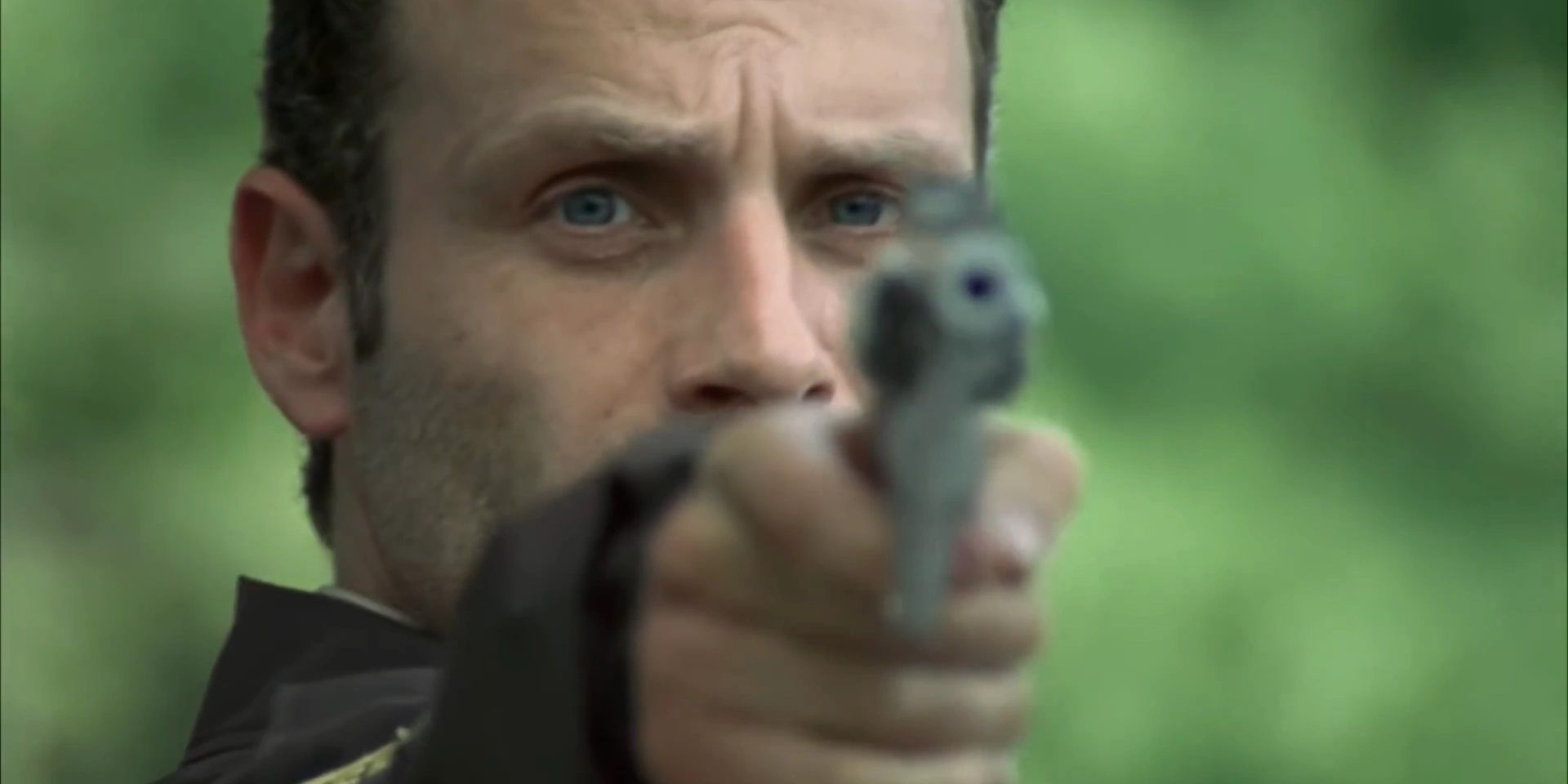
The pilot episode of The Walking Dead – season 1, episode 1, “Days Gone Bye” – opens in media res with Sheriff’s Deputy Rick Grimes searching for supplies in an abandoned convenience store at the side of a highway in the Georgia countryside. While he’s scavenging in the convenience store, Rick spots a young girl and approaches to help her. However, she turns out to be a walker. As she shuffles towards him with intent to bite and infect him, Rick reluctantly pulls out his gun and shoots her in the head. And that’s just the first scene of the first episode.
This moment established very early on just how uncompromisingly dark this show would be. It starts off with the shooting of an undead child and then boldly sets out to top that with even darker, even more horrifying moments. Even other prestige TV dramas that killed off a child to shock their audience, like The Wire or Breaking Bad, took a few episodes to build up to it. But The Walking Dead did it right off the bat in the very first scene of the pilot. It would spend the rest of the series living up to that darkness.
7. Dr. Edwin Jenner Reveals The Extent Of The Zombie Apocalypse
The season 1 finale removed any semblance of hope
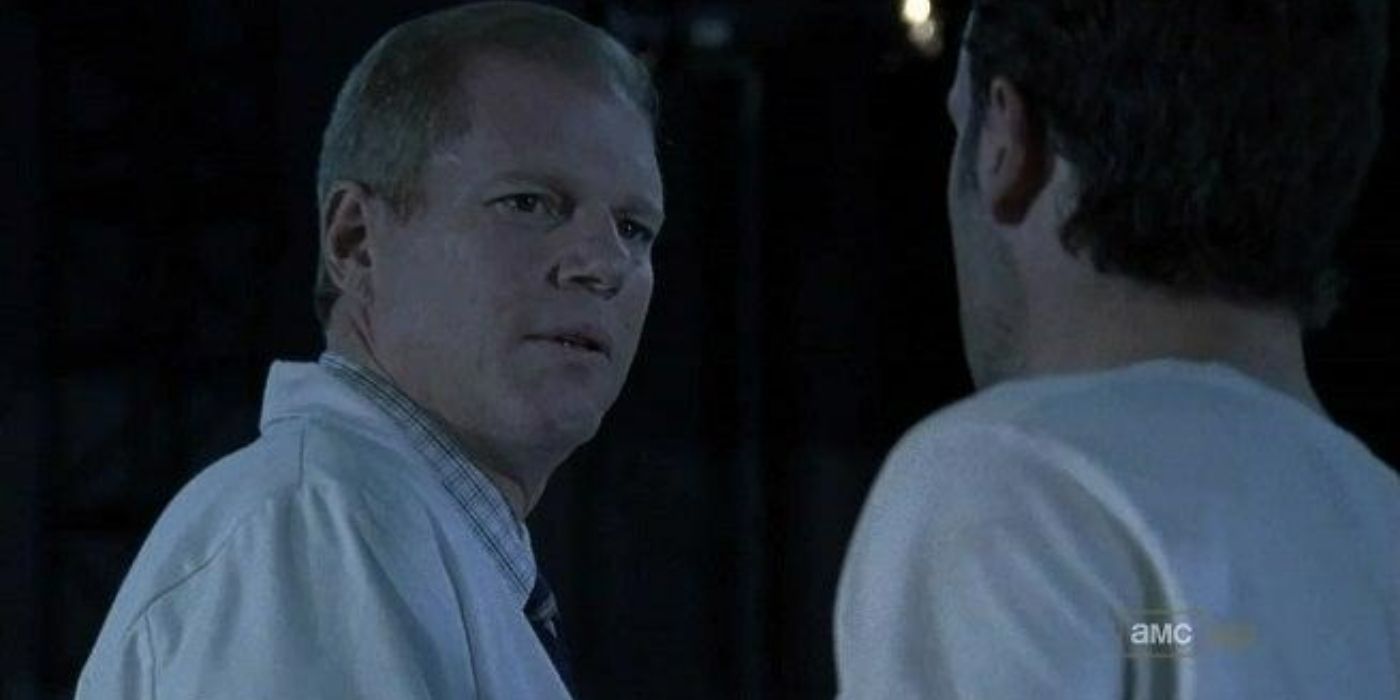
In The Walking Dead’s first-season finale – season 1, episode 6, “TS-19” – Rick and the other survivors arrive at the headquarters of the CDC, where they hope to find both a safe haven and a possible cure for the zombie virus. However, they’re surprised to find that there’s only one scientist left in the building, Dr. Edwin Jenner, and he’s become unhinged in the isolation. He tests all their blood to make sure they’re not infected, then explains there’s no hope for a cure. He’s been in touch with scientists across the world and human civilization is well and truly dead.
And Jenner isn’t just the bearer of bad news; he’s so certain that the world is doomed that he plans to trap Rick’s group in the building when it self-destructs due to lack of power. Rick and his group manage to escape the building before the explosion, but the world they’ve escaped to is much bleaker than it was before. Before going to the CDC, Rick and his group were hoping that the zombie apocalypse would eventually blow over and society would go back to normal. But Jenner makes it clear that there is no normal to go back to.
6. Zombified Sophia Emerges From Hershel’s Barn
A shocking twist several episodes in the making
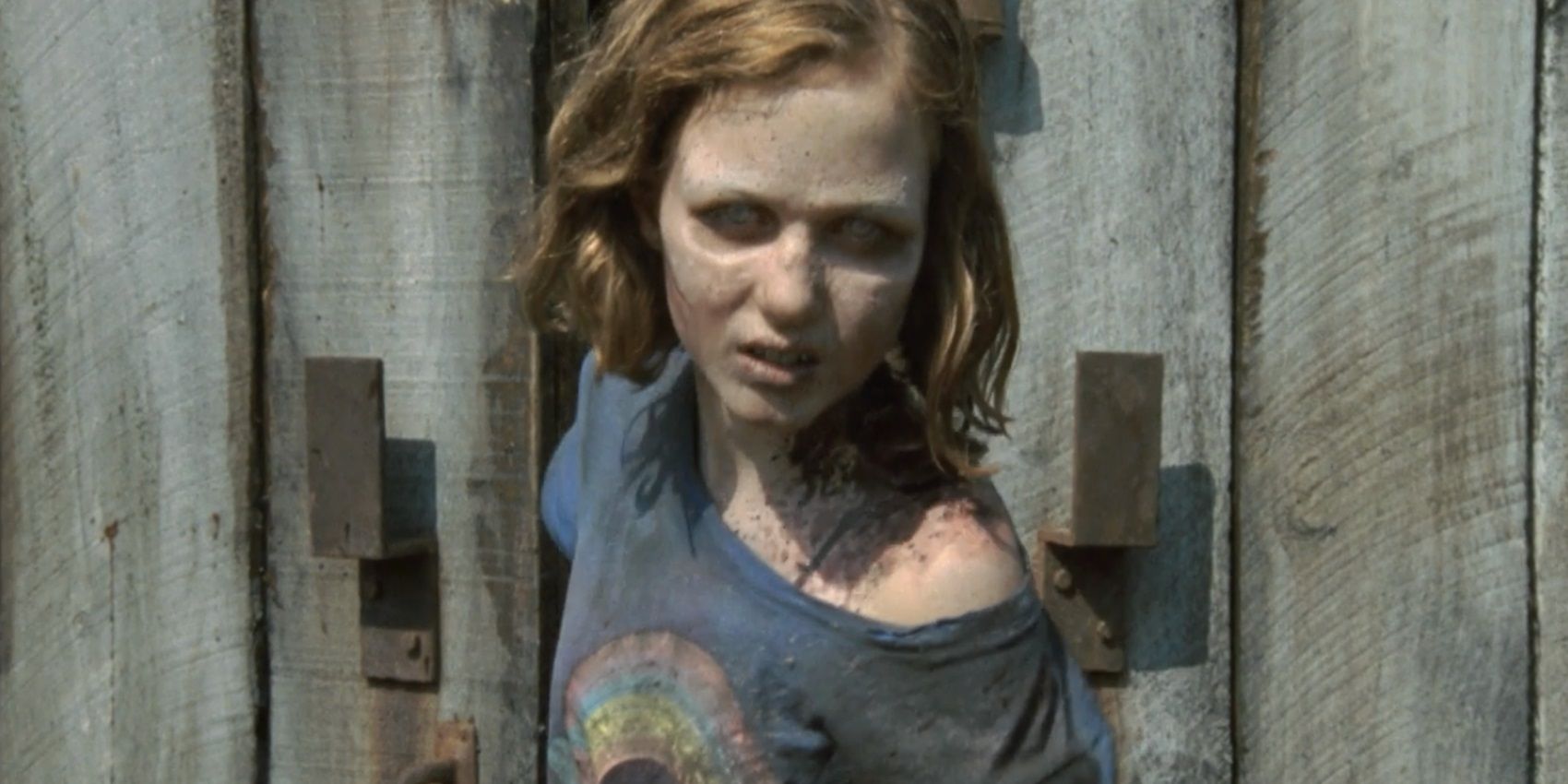
The Walking Dead shocked viewers with the revelation of a zombified Sophia in Hershel’s barn in season 2’s midseason finale: episode 7, “Pretty Much Dead Already.” The show demonstrated that it would build up a storyline for several episodes, only to pull the rug out from under the audience with a surprising twist reveal. All throughout the first half of the show’s second season, Rick and his group were going out in shifts to try to locate Carol’s missing daughter. Some were more hopeful than others that she was still alive, but they never gave up their search for Sophia.
But when it’s revealed that Hershel is keeping walkers locked in his barn and Rick’s group frees the walkers so they can kill them, Sophia emerges. This remains one of The Walking Dead’s most shocking deaths. They’d been searching for Sophia in the area surrounding the farm for several episodes when it was revealed that she’d been wandering around the barn as a bloodthirsty zombie the entire time. This moment showed that The Walking Dead would gladly throw a multi-episode story arc out the window for the sake of a jaw-dropping plot twist.
5. Rick Kills Shane (Then Carl Kills Zombified Shane)
No character is safe in The Walking Dead
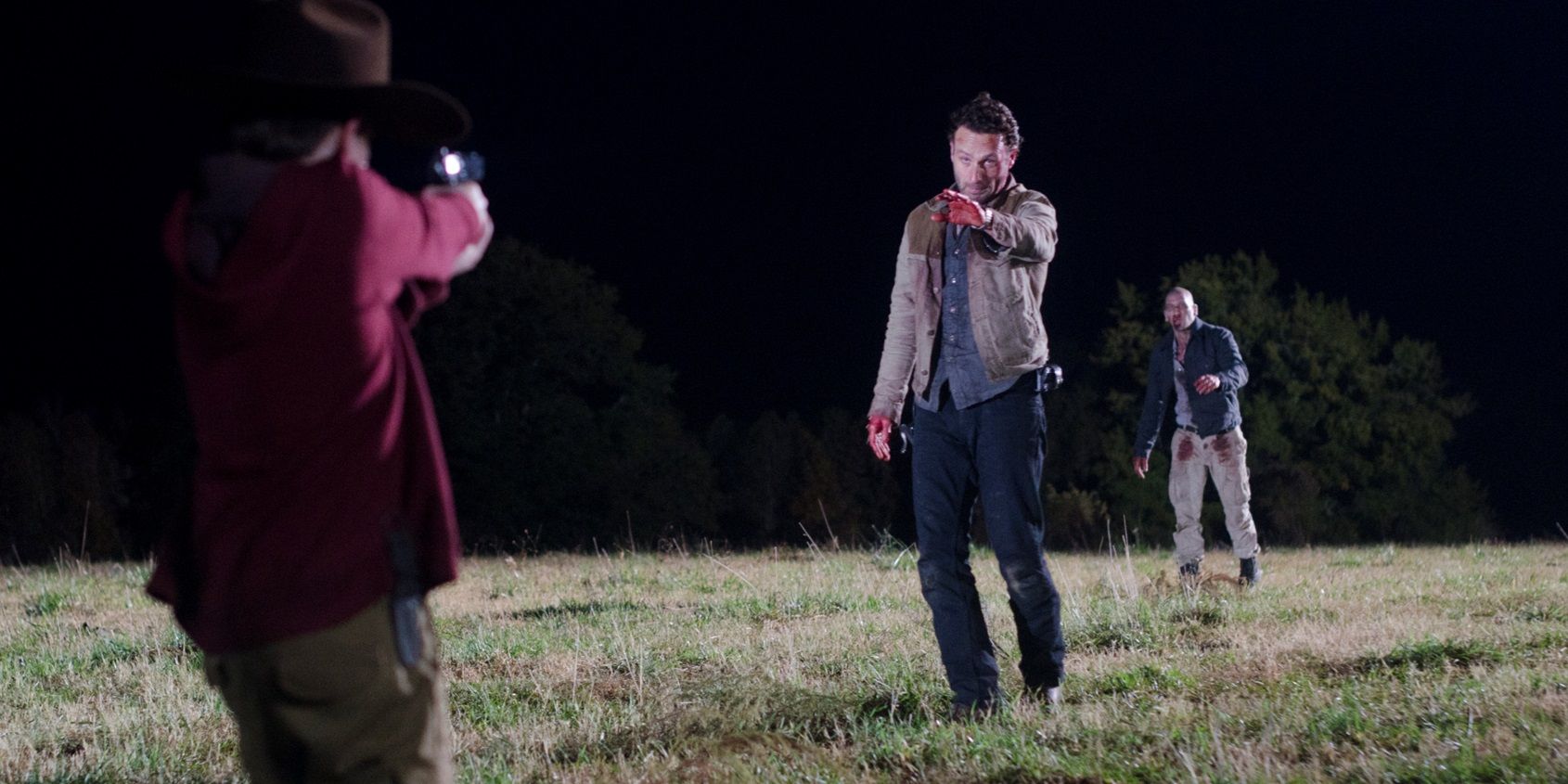
Throughout the first two seasons of The Walking Dead, Shane went from being Rick’s loyal sidekick to his mortal enemy. When the zombie apocalypse first broke out, Shane was the one who barricaded Rick’s hospital room so the walkers wouldn’t get in before he awoke from his coma. But in the meantime, Shane had been having an affair with Rick’s wife Lori, as well as gradually losing his mind and becoming a violent psychopath. Eventually, Shane became a full-blown villain, and in season 2, episode 12, “Better Angels,” Rick had to kill his best friend to prevent more cold-blooded murders.
The most shocking moment in Shane’s death scene happens after Rick has stabbed Shane to death. Rick sees Carl pointing his gun at him and assumes Carl is planning to kill him to avenge Shane. However, Carl fires and takes down a reanimated Shane before he can reach Rick. This moment is significant for a few reasons. It showed that everyone comes back as a zombie, no matter how they died; it turned Carl into a killer, which is sadly a necessity for everyone who wants to survive in this world; and it proved that no character is safe.
4. Revealing The Governor’s Zombie-Infested Man Cave
The Governor showed that the walkers aren’t the worst monsters in The Walking Dead
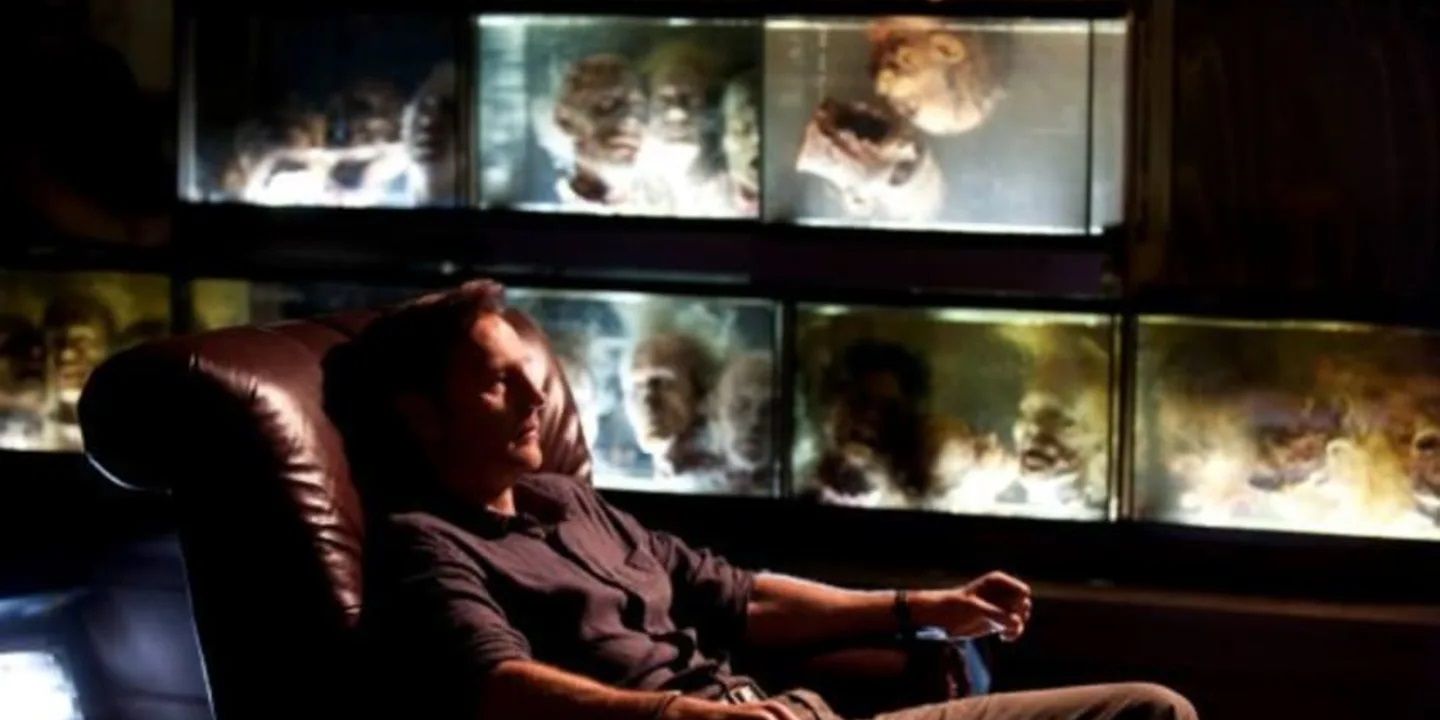
When Andrea and Michonne stumbled upon a fortified town called Woodbury in season 3, episode 3, “Walk with Me,” it seemed too good to be true. And, of course, it was. At first, the head honcho of Woodbury, known only as “The Governor,” seemed like a fair and reasonable leader who had earned the respect of the townspeople. Initially, Andrea entertains the idea of living in Woodbury with Rick and the rest of the survivors. However, it doesn’t take long for The Walking Dead to reveal that the Governor is actually a sick, twisted tyrant.
The introduction of Woodbury established a key Walking Dead trope: the territorial communities living under the myth of law and order. Woodbury would later be joined by other seemingly civil but secretly ruthless communities like Terminus, Oceanside, Hilltop, Alexandria, the Wolves, the Saviors, the Scavengers, the Kingdom, the Commonwealth – the list goes on. The shocking end-of-episode revelation that the Governor is actually a deranged killer with a museum of severed walker heads in his man cave also told viewers that they couldn’t trust anyone (and other survivors are the real monsters in this world).
3. The Fall Of The Prison
Splitting up the group gave the show a new format
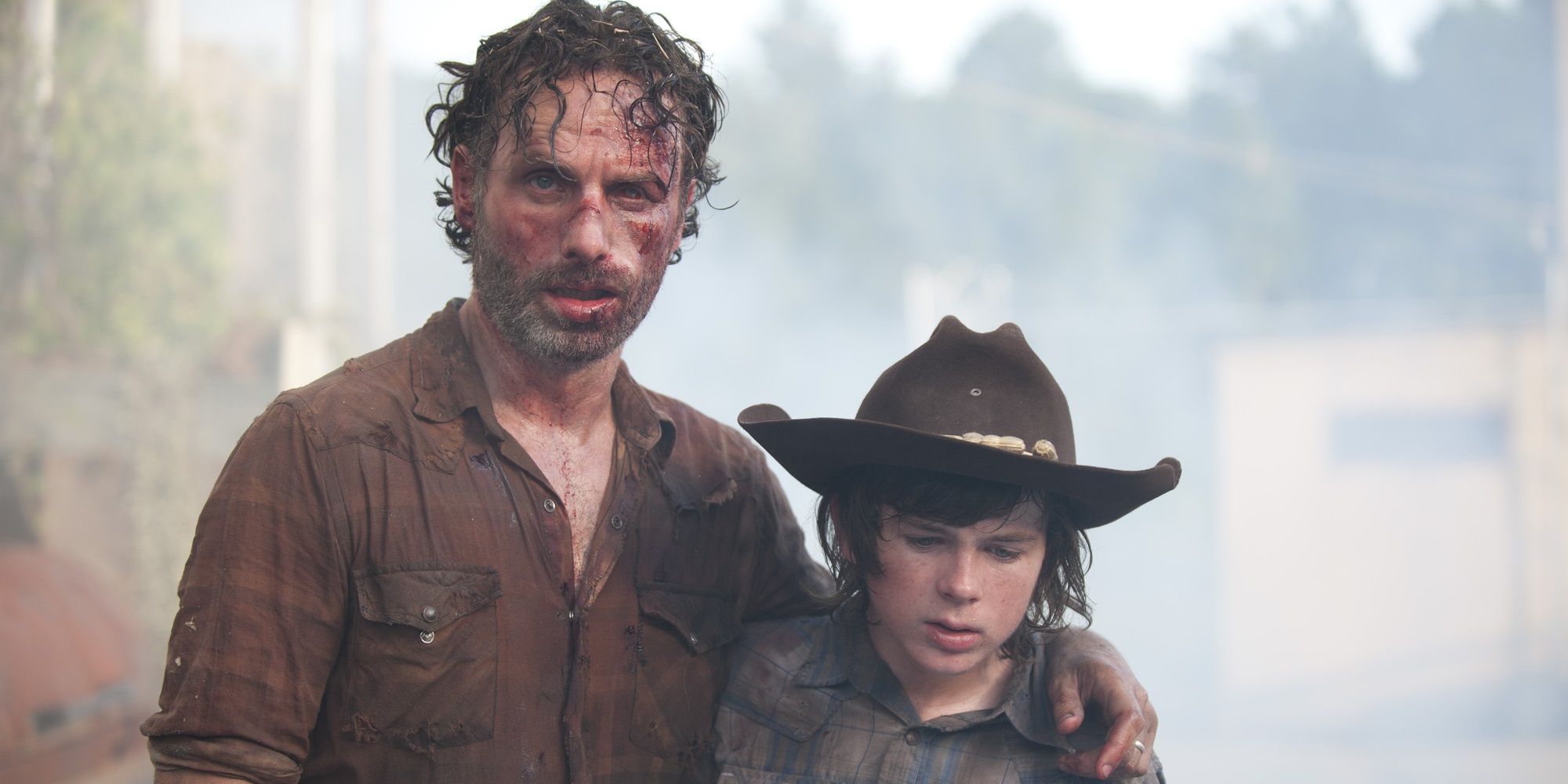
Rick’s group’s stay at an abandoned prison, which began in season 3, culminated in a climactic showdown in season 4, episode 8, “Too Far Gone.” The Governor arrived with an army and planned to take the prison by force to use as his own hideout. There are a ton of great moments in this battle, like Michonne driving her katana through the Governor’s chest, but the most crucial moment in the episode arrives at the very end. As walkers invade the battle-ravaged prison, Rick escapes with Carl and tells him, “Don’t look back, Carl. Just keep walking.”
This battle split up Rick’s group into a bunch of smaller groups. Daryl ended up with Beth, Carol ended up with Tyreese, etc. The remaining episodes of season 4 followed each of these groups as they slowly made their way to Terminus, which was supposed to be a safe haven. When the prison battle split up Rick’s group for a bunch of individual storylines, it gave the show a new narrative engine. It became The Walking Dead’s new format to have everyone spread out in different locations on their own solo adventures.
2. Carol Kills Lizzie
Lizzie’s death brought The Walking Dead to new depths of darkness
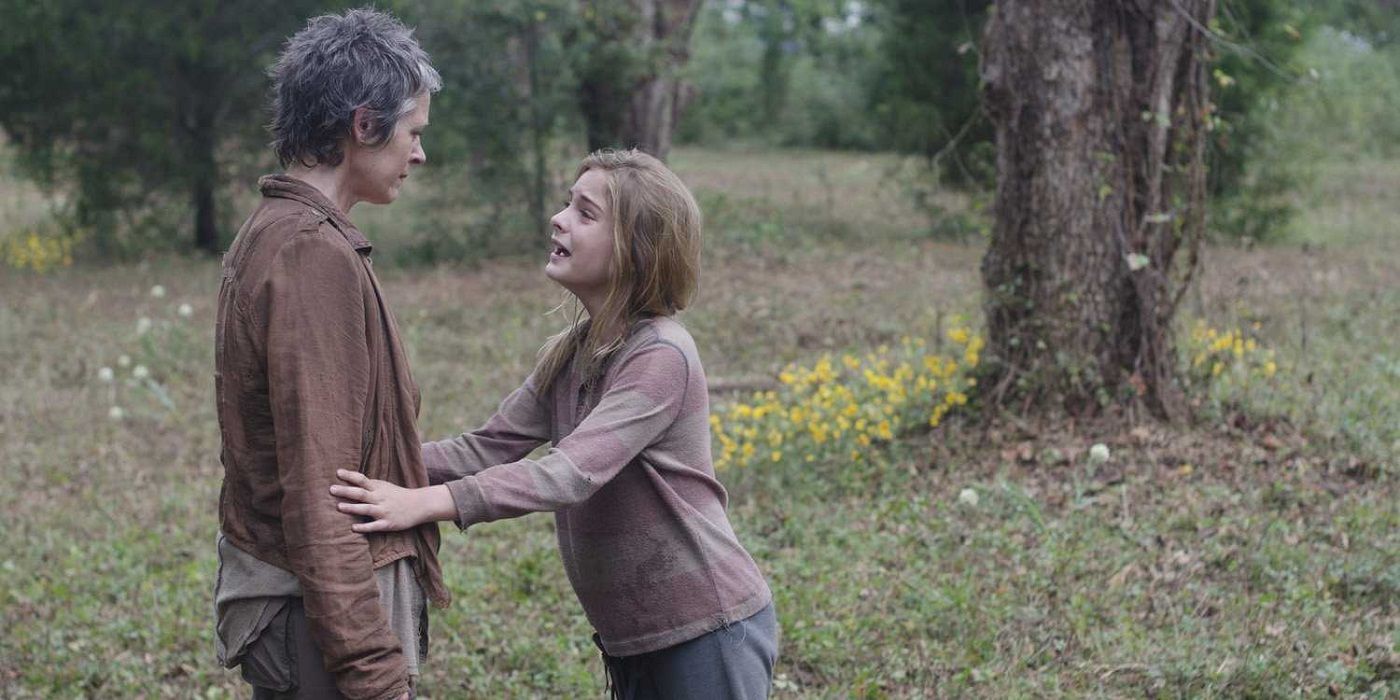
When Rick’s group got split up into smaller groups, Carol and Tyreese drew the short straw as they ended up on babysitting duty. Not only did they have to look after sisters Lizzie and Mika; they had to look after baby Judith, too. In season 4, episode 14, “The Grove,” Lizzie starts to show alarming signs that she’s becoming unstable. She murders her own sister, Mika, thinking that she’s saving her from being killed by walkers. When Carol and Tyreese catch her plotting to kill Judith, they realize something needs to be done.
Carol reluctantly takes Lizzie out into the wilderness and kills her to keep Mika and Judith safe. This morbid plot turn took The Walking Dead to all-new depths of darkness. It had always been a dark show – Rick shot and killed an undead child in the very first episode – but Carol mercy-killing a little girl like the ending of Of Mice and Men was the darkest thing the series had done up to that point. “The Grove” is still ranked as one of the greatest episodes of The Walking Dead.
1. The First Appearance Of Jeffrey Dean Morgan As Negan
Negan completely changed the show
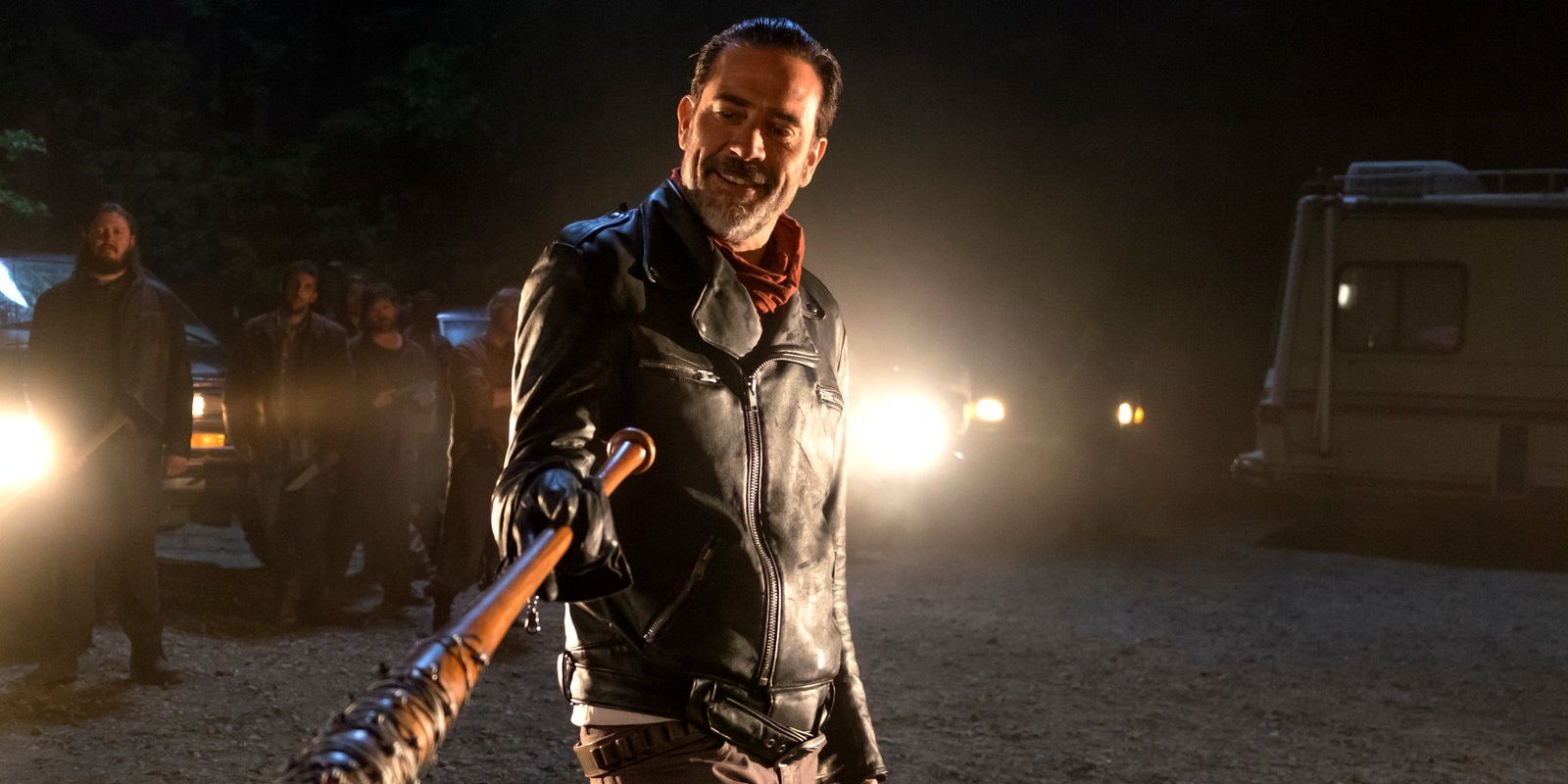
The Walking Dead became a completely different show when Jeffrey Dean Morgan made his long-awaited debut as the big bad of the franchise, Negan, in the sixth-season finale: season 6, episode 16, “Last Day on Earth.” Negan’s introduction had the biggest impact on The Walking Dead of any new character who joined the cast after season 1; it was a totally different show after he came along. Negan’s introduction drew mixed reviews from critics, who praised Morgan’s performance but criticized the episode’s use of a cliffhanger ending.
Much like in the comics, Negan picks out one member of Rick’s group to mercilessly beat to death. But the TV series showed this death from the perspective of the victim, so viewers had to wait months to find out who died. Arriving just a few episodes after Glenn’s fake-out death, this cliffhanger solidified The Walking Dead’s reliance on cheap gimmicks (and signaled the show’s unfortunate fall from grace).

